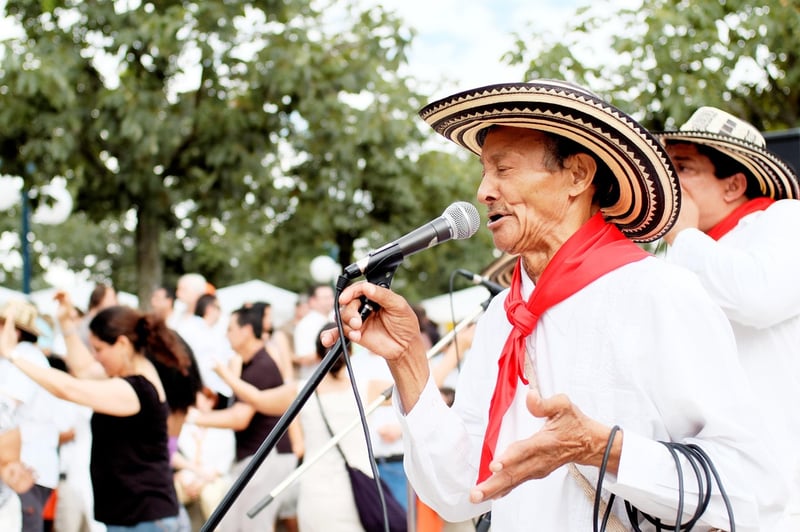Salsa
The Art of Expressive Movement in Salsa Dancing
Salsa dancing is more than just a series of steps; it's a form of expressive movement that allows individuals to connect with the music, their partner, and themselves on a deeper level. By incorporating elements of body movement, musicality, and emotion, salsa dancers can create a captivating and dynamic performance that resonates with both the dancers and the audience.
Body Movement in Salsa
Body movement is a crucial aspect of salsa dancing, as it adds fluidity, grace, and style to the dance. Salsa dancers use their entire body to express the rhythm and emotion of the music, incorporating movements such as hip rolls, body isolations, and shoulder shimmies to enhance their performance.

Musicality in Salsa
Musicality is the ability to dance in sync with the rhythm, melody, and accents of the music. In salsa dancing, dancers listen to the beats and instruments in the music to interpret the sounds through their movements. By understanding the music, salsa dancers can create a harmonious connection between their dancing and the music playing.

Emotion and Connection
Emotion plays a significant role in salsa dancing, allowing dancers to convey feelings such as passion, joy, and sensuality through their movements. Connecting with their partner through eye contact, body language, and shared energy enhances the emotional experience of salsa dancing, creating a dynamic and engaging performance.
Tips for Expressive Salsa Dancing:
- Practice body isolations to improve movement control
- Listen to a variety of salsa music to enhance musicality
- Focus on connecting with your partner to create an emotional performance
- Attend workshops and classes to learn new expressive movements
By combining body movement, musicality, and emotion, salsa dancers can elevate their performance and create a truly expressive and captivating dance experience that resonates with both themselves and their audience.
